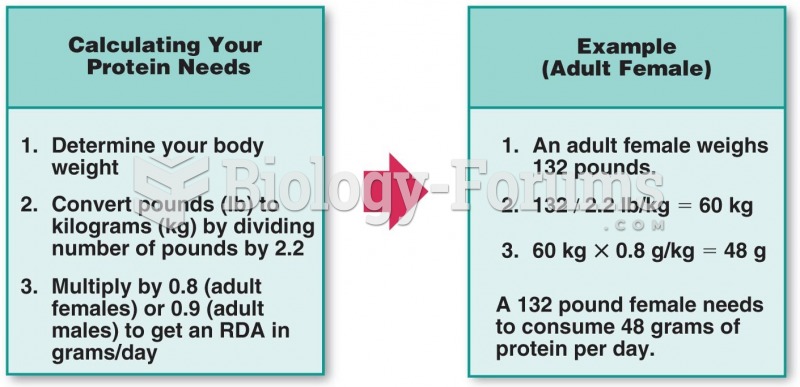Answer to Question 1
ANS: B
A. Incorrect response: See explanation B.
B. Correct response: Estimates are that traditional standard care approaches result in the ventilator discontinuation process constituting up to 40 of the patient's mechanical ventilation time.
C. Incorrect response: See explanation B.
D. Incorrect response: See explanation B.
Answer to Question 2
ANS: C
A. Incorrect response: See explanation C.
B. Incorrect response: See explanation C.
C. Correct response: Although the majority of lung transplant recipients can be weaned and extubated within 48 hours following transplantation, a portion will have increasing needs for ventilatory support because of ischemia-reperfusion injury. Data suggest that incidence can be reduced by the use of low potassium preservation fluids, avoidance of donor lung hyperinflation, and controlled flow reperfusion with leukocyte depletion. Diuresis and supportive care are cornerstones of management. Ischemia-reperfusion injury in the single lung transplant patient with emphysema may respond to conservative measures. Bronchial hygiene therapy should be used. The patient should be positioned with the better functioning lung down, which in the case of significant reperfusion injury means the allograft side up, to increase perfusion to the more functioning lung. Acceptance of a respiratory acidosis may be preferable to interventions, which may lead to worsening hyperexpansion. In refractory cases, effective use of independent lung ventilation has been described. With the use of a dual lumen ETT and separate ventilators, the native lung can be ventilated with low PEEP and low tidal volumes to decrease hyperexpansion. Simultaneously, the dysfunctioning allograft can receive increasing levels of PEEP to facilitate recruitment. However, the narrow limit of the dual lumen tubes is prone to obstruction, and frequent suctioning is required.
D. Incorrect response: See explanation C







